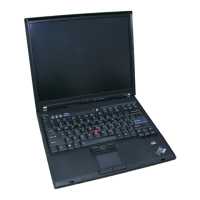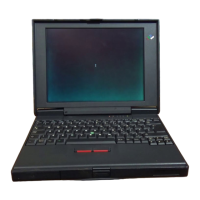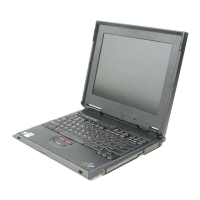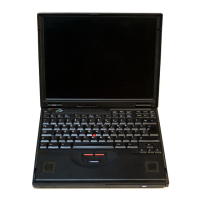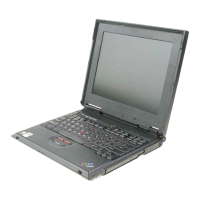(
(
(
Chapter 4.
BASIC
Statements
BASIC
statements allow you
to
enter data and specify how
that
data
is
to
be
mani-
pulated and what the outcome
is
to
be.
BASIC
statements are either executable or
nonexecutable. Executable statements cause a program action, such
as
value assign-
ment
or
printing. Nonexecutable statements describe information needed by the pro-
gram and the user, but cause no visible action.
Executable and nonexecutable statements can
be
intermixed when a BASIC program
is
entered from the keyboard. The maximum number
of
statements permitted
in
a
single
BASIC
program
is
limited only by the read/write storage size
of
the
IBM
5100
and by the statement types.
Each statement
in
a BASIC program must begin with a statement number. The
number determines the order
of
execution of the statements
in
the program.
All
statements are executed
in
numeric order, regardless
of
the order
in
which they
were entered, unless the sequence
of
execution
is
altered by branches, loops, or
subroutines.
The allowable range
of
statement numbers for a 5100
BASIC
program
is
from 1
through 9999. You do not have
to
enter preceding zeros (0020, for example) because
the 5100 maintains statement numbers
as
four-position integers and inserts preceding
zeros for statement numbers of
less
than four digits.
Statement Lines
A
BASIC
statement preceded by a statement number
is
called a statement line.
Statement lines are entered from the keyboard (one per display line) with a maxi-
mum of
64 characters. Statements cannot be split between two display lines, nor
can there
be
more than one statement on each display line. A typical statement
line
is
as
shown:
10 LET A
= 2+2
statement/
B~
Number
Statement
In
this chapter,
all
the
BASIC
statements are presented alphabetically
in
the syntax
used for
BASIC
commands, except the statements dealing with matrix operations.
These statements are discussed at the end
of
the chapter under
Matrix
Operations.
67
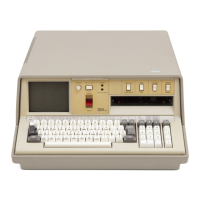
